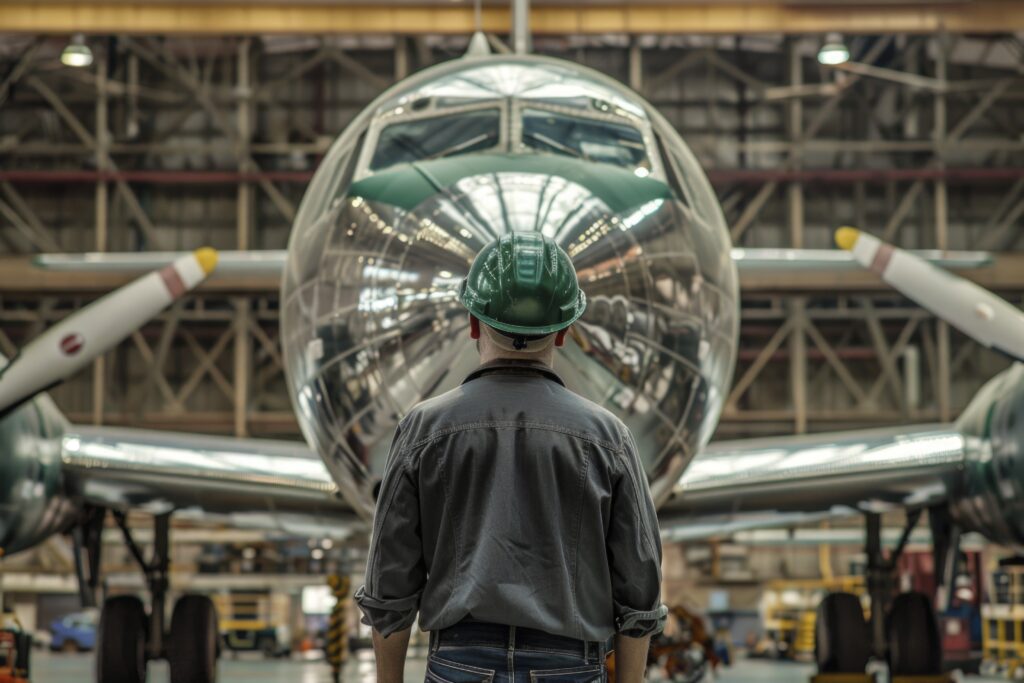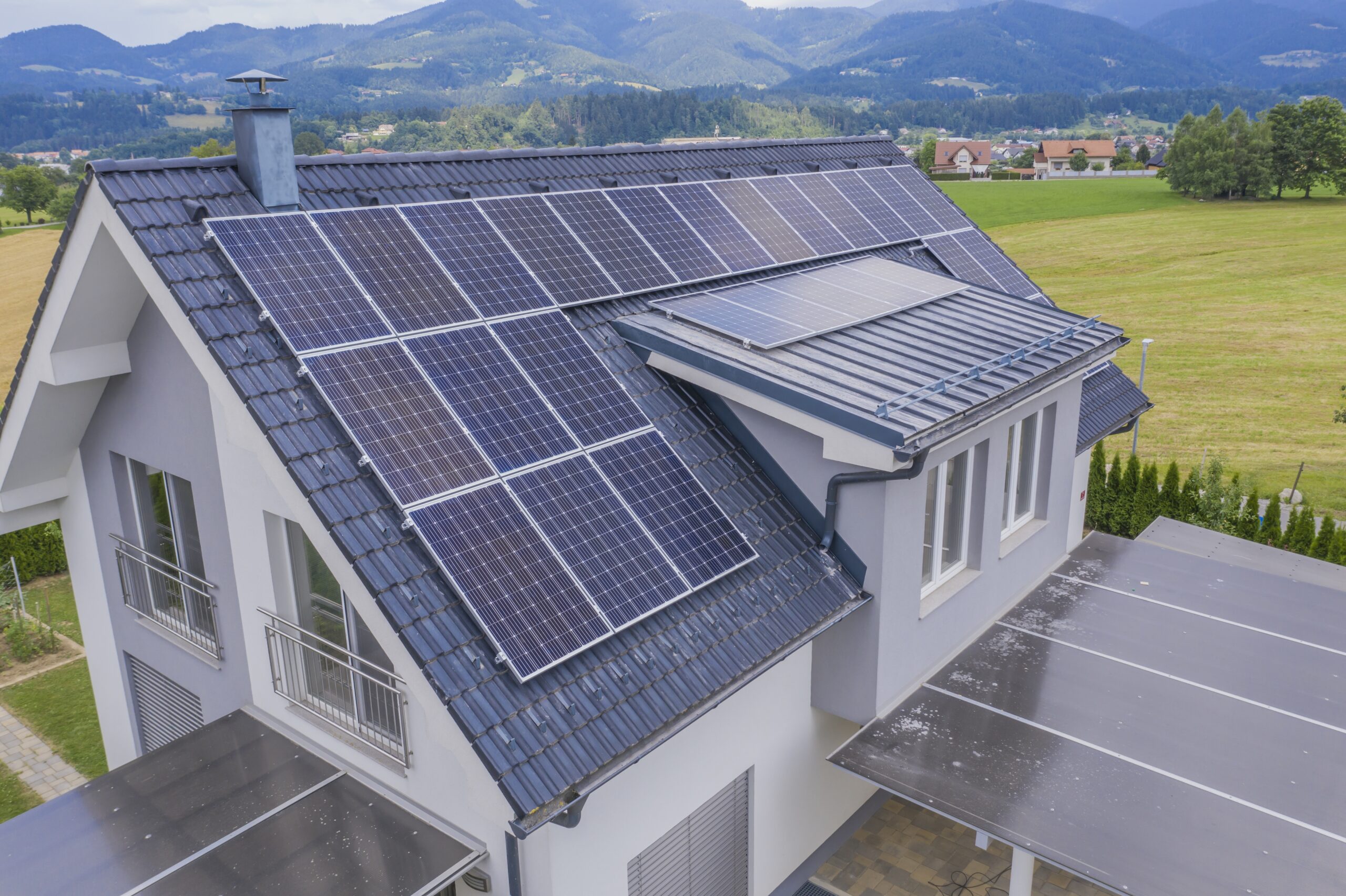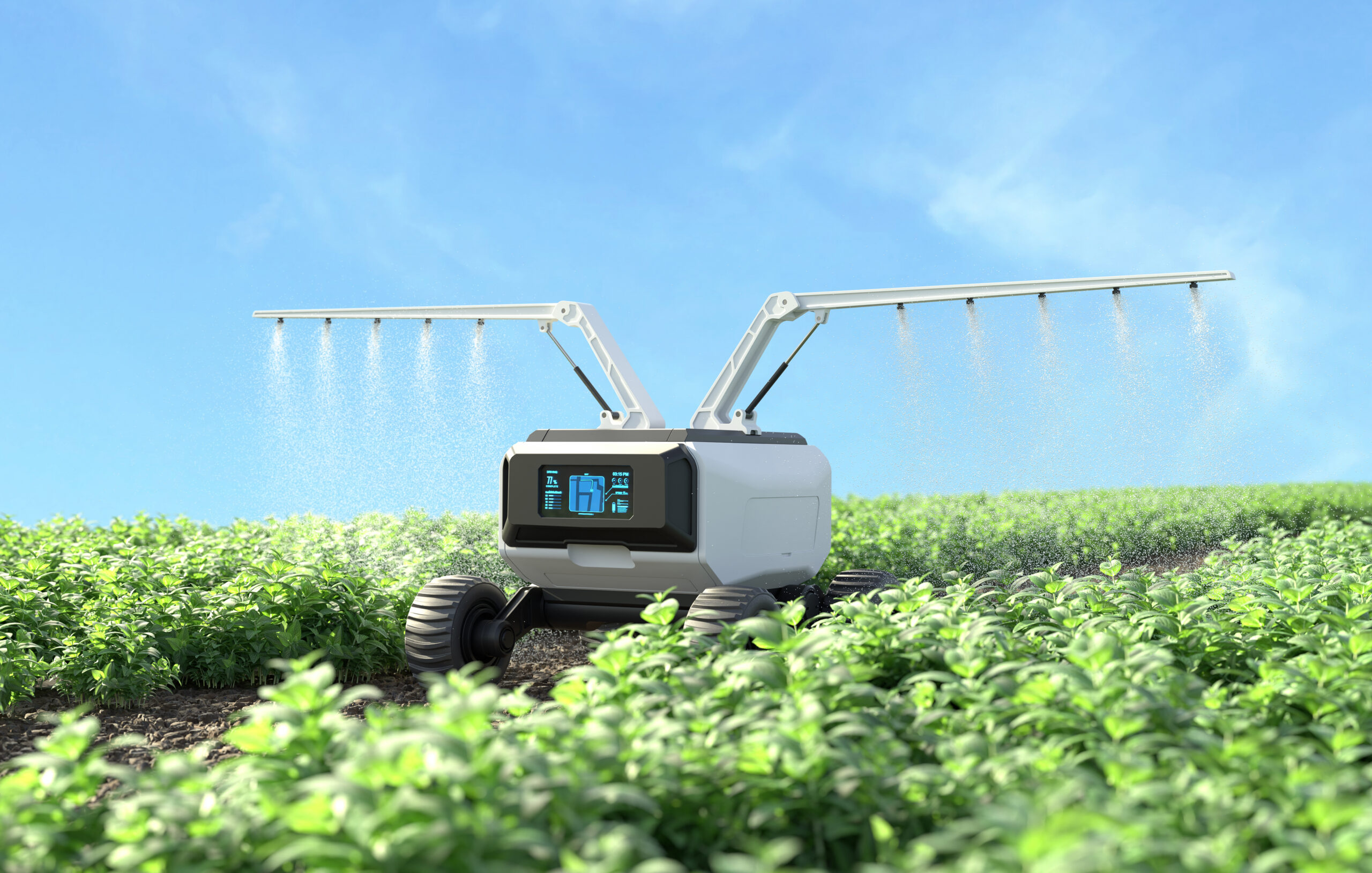Currently, the aviation industry is responsible for 2.5% of global carbon emissions. While this number may seem small, it amounts to more than 1 billion tons of carbon emissions coming solely from aviation. Alarmingly, this figure is expected to rise to 25% by 2030.
The aviation industry aims to reach net-zero carbon emissions by 2050. However, achieving this goal requires a massive shift. Airline companies are searching for alternative bio-based fuels to mitigate carbon emissions. Crop-based biofuels have proven inadequate in solving this issue and are not sustainable enough. In contrast, sea-based algae, such as kelp or microalgae, offer advantages over land-based biofuel solutions.
So, could these sea plants, algae, solve the aviation fuel problem?

Why Aviation Needs Sustainable Fuel
The world is gradually adopting sustainable fuel solutions in various transportation sectors. However, the aviation industry still lacks viable green alternatives. A major shift to electric-powered vehicles has occurred in the automobile sector. The shipping industry is also advancing with alternative fuels. But no such substantial progress has been observed in aviation.
Battery-based solutions work well for vehicles and ships, but they are not suitable for aircraft. First, the weight of batteries makes air travel inefficient. Second, the energy density of liquid fuels is significantly higher than that of batteries. Therefore, planes require high-energy, liquid-based fuels.
Currently, the aviation industry primarily uses kerosene, a crude oil-based fuel. Each gallon of kerosene emits 9.33 kilograms of CO₂. In the U.S. alone, 1.65 million barrels of jet fuel are consumed daily. The environmental impact of this fossil fuel use is alarming. This urgency has driven the search for sustainable fuel alternatives.
Additionally, crude oil reserves are dwindling. Researchers estimate that only 47 years of crude oil remain. The predicted scarcity and rising cost of jet fuel add pressure to find sustainable options. Overall, the aviation industry’s unsustainability and climate impact have accelerated the search for better alternatives, like algae-based fuels.

Why Use Algae as Jet Fuel?
Algae are a group of aquatic plants that lack true roots and stems and grow underwater. Thousands of algae types exist, including brown and red algae (commonly referred to as kelp), as well as microscopic varieties called microalgae.
Algae possess key characteristics that make them promising feedstock for biofuels. They absorb large amounts of CO₂, use sunlight for photosynthesis, and grow using minimal nutrients. Importantly, they do not require arable land. In fact, algae can double in size each day.
Current biofuels rely heavily on food-based sources like corn, waste oils, and other crops. These require large fields, freshwater, and fertilizers. If demand for biofuels increases, it could negatively impact food production and lead to scarcity. Hence, food-based biofuels cannot sustainably meet future fuel needs.
This is where algae come in. Algae don’t need land or freshwater. Any nutrient-rich water body with sunlight is sufficient for cultivation. Algae-based fuels also produce more energy per acre than field-based biofuels and do not compete with food crops. Sea water can be used for algae cultivation.
Research suggests that even 1% of the ocean could provide enough algae to meet the world’s energy needs.
How Algal Fuel Is Made
For microalgae, photo-bioreactors are used to cultivate algae. There are two main cultivation methods: closed systems and open ponds. The green biomass produced is rich in lipids (oils), which are essential for fuel production.
After harvesting, the algae are dried, and oil extraction begins using either mechanical or chemical methods. The extracted oil then undergoes transesterification, a chemical process where alcohol and catalysts are added. This converts the oil into algae-based SAF (Sustainable Aviation Fuel).
Finally, the SAF is refined to be usable in aircraft engines.

Challenges and Progress of Sustainable Aviation Fuel
Currently, airlines rely heavily on fossil-based jet fuels. Only about 1% of aviation fuel used today is sustainable. Several challenges hinder widespread adoption of algal fuel:
- Limited production: Large-scale production of algae-based fuel isn’t yet feasible.
- Competing uses: Algae are used in food and medicine, so not all algae can be diverted to fuel production.
- High costs: Producing microalgae and extracting oil is expensive compared to fossil fuels.
Despite these challenges, algae still hold promise. Growing awareness and government interest are driving investment in algal fuel research and development.
For example:
- The EU funded €5 million into a project called Fuelgae, focusing on low-energy algae-to-fuel processes.
- Another EU consortium is supporting a UK-based SAF facility.
- Airlines like Qantas and Airbus are investing in SAF through venture capital.
- Neste has started SAF production in Rotterdam, producing 500,000 tons annually.
- Companies like Microsoft are supporting SAF adoption to offset Scope 3 emissions.
These initiatives are building a foundation for a sustainable aviation fuel industry.
Transforming the entire aviation fuel industry overnight isn’t possible. But shifting mindsets away from fossil fuel dependence and increasing research into algal fuels can unlock new opportunities.
Governments, businesses, and policymakers must prioritize environmental safety and invest in infrastructure for large-scale algae production. International collaboration in research and algae trade can play a vital role.
If these criteria are met, we may witness a green, algae-powered aviation industry by 2050.





